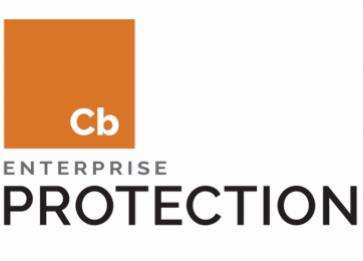Alex, Linux Engineering
Bhakti, Operations
Bill, Director
Dave, Windows Engineering
Deepak, Virtualization
Ikenna, Associate Director
Jai, Backup
James, Operations
Jeffrey, Cloud Operations
Jerry, VDI
Kevin, Windows Engineering
Kimberly, Manager
Leroy, Windows Engineering
Michael, Linux Engineering
Richard, Engineering Lead
Sid, Storage
Vedran, Cloud Devops
Wei, Operations
505 Broadway St
Cardinal Hall, MC 8823
Redwood City, CA
94063-3122
Google Maps

